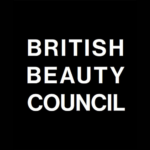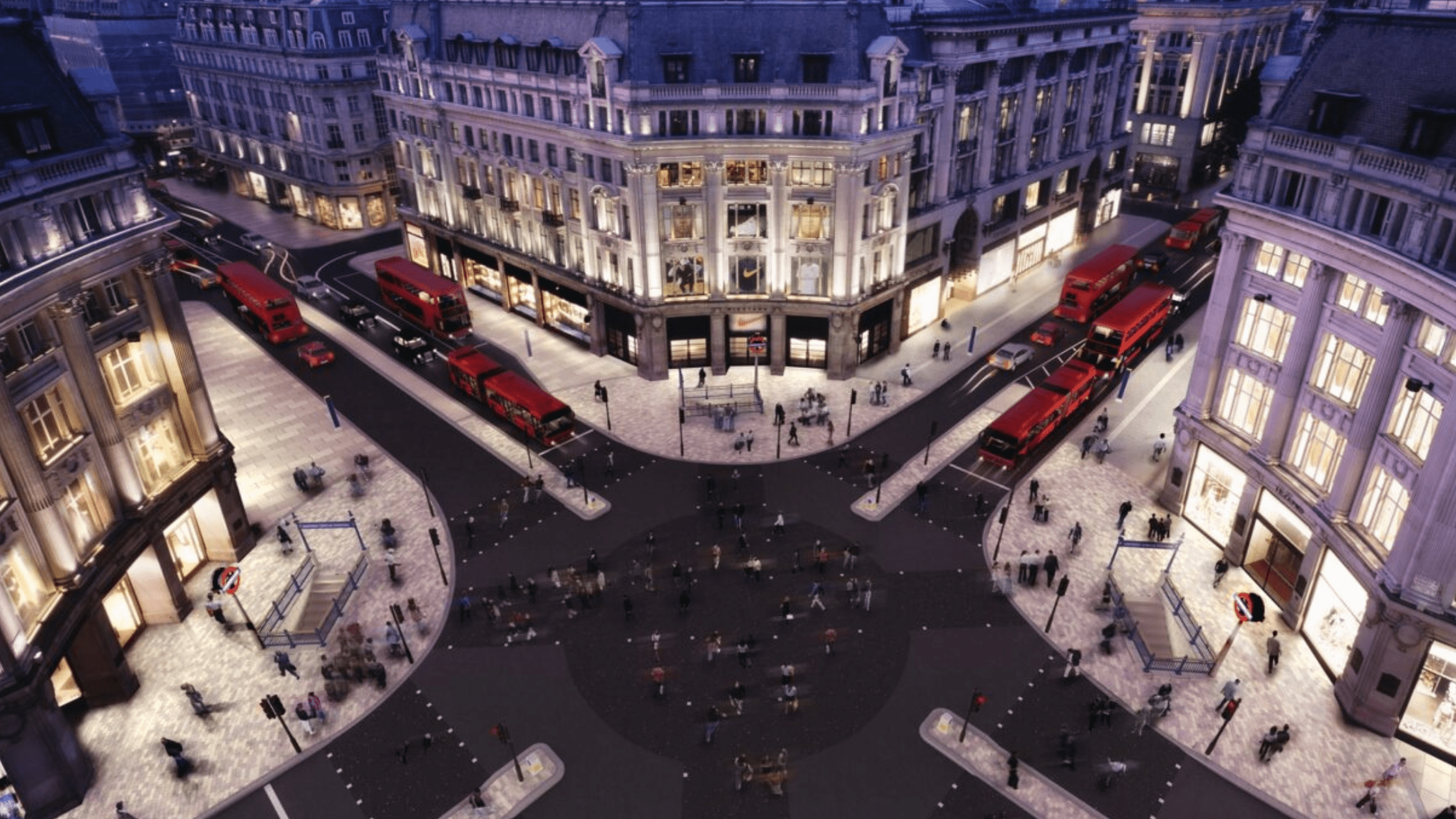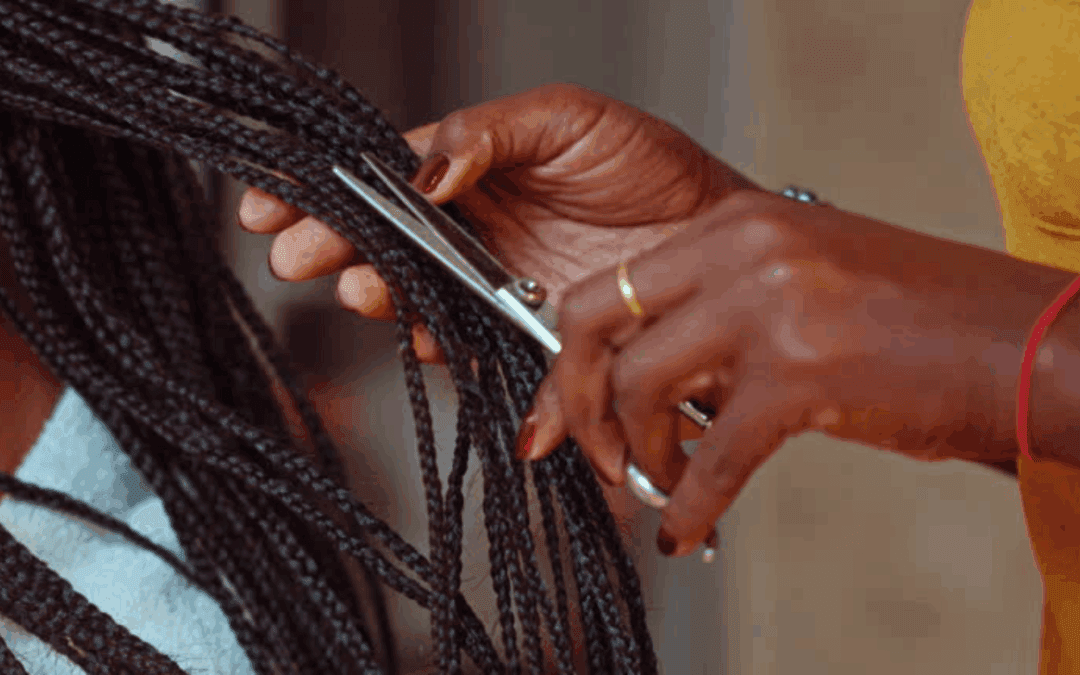Navigating the rising cost of living is a challenge for manufacturers, brands, and consumers alike. However, beauty sales are showing signs of resilience – the NPD Group recently reported that the prestige market grew +13% YOY in February.
But why, and what, are beauty shoppers buying?
WARC and Mindshare’s Reality Check research programme encourages brands to consider the nuances between how various consumer cohorts are coping with the cost of living crisis to build better customer relationships.
According to the World Advertising Research Centre (WARC), shoppers can be decoded according to their market impact and sentiment. They can then be categorised into ‘tiers of tolerance’ – finance negative, finance neutral, and finance positive.
So, how are the ‘three tiers of tolerance’ showing themselves in the beauty market?
Understanding the ‘finance negative’ beauty consumer
This consumer is most fearful about the future and therefore the most frugal. So, they are budgeting wherever possible.
With more than half of 20-something women reducing their skincare and cosmetics regimen in the last year (Mintel), 1 in 10 people giving up make-up (Avon), and 1 in 3 of 18-25s worried about affording skincare (Upcircle), WGSN has reported a rise in consumers adopting a “dupe mindset”. These consumers are seeking more affordable alternatives to their traditional beauty go-to’s.
Further still, some people have cut out spending on beauty products and services altogether. Instead, they are turning to DIY home solutions such as nail kits or cutting and colouring their hair themselves.
Adapting to WARC’s ‘finance neutral’ customer
This category of spenders is uncertain about the upcoming year, however, are pragmatically balancing with selective budgeting. They are prioritising what they most enjoy – inclined to turn to life’s smaller luxuries, seeking accessible but efficacious products and solutions.
As described by Beauty Pie in their Beauty Futures 2025 white paper, the Lipstick Effect means that this category of customers will be happy to forfeit holidays or postpone a car purchase. Instead, they will opt for high-quality self-care as a means to ‘escape’.
In the 12 weeks leading to 18 September 2022 sales of lipstick were nearly 10% higher YOY, with 310,000 new shoppers buying lipstick – the most significant rise since May 2021. However, consumers weren’t just looking for a shade pick-me-up. Instead, they were seeking products that are multi-benefit (e.g. moisturising), environmentally friendly, and can be re-filled.
These consumers are honing in on beauty products with high-quality and relative affordability to provide ease at a time of crisis. They reach for products, either to tide them over until they feel they can afford professional treatments or to help bridge and complement the gap left between salon visits. ‘The only thing better than a splurge is a guilt-free, smart splurge,’ says British Beauty Council Advisory Board member and Beauty Pie founder, Marcia Kilgore.
Decoding the ‘finance positive’ shopper
According to WARC, although the ‘finance positive’ group is mostly unaffected by rising costs, most of their expenditure is justified as a way to make up for ‘lost time’ owing to multiple lockdowns.
Keen to make the most of beauty experiences following years of disruption and ‘denial’, the luxury and prestige category is seeing them seek out products and services as a means to escape and pamper.
Benjamin Voyer, behavioural scientist, ESCP Business School professor, and Cartier—ESCP—HEC Turning Points Research Chair, says in Beauty Pie’s Beauty Futures 2025: ‘It’s about indulging, enjoying, and treating yourself. As the economic situation forces people to optimise their budgets, high-quality beauty has a significant role to play.’
With this also comes an equal appetite for efficacy and authority. Now hungry for more information than ever before, these beauty buyers are seeking sophisticated, trustworthy, science-led brands. They are also demanding transparency on ingredients, percentages and supply chains.




